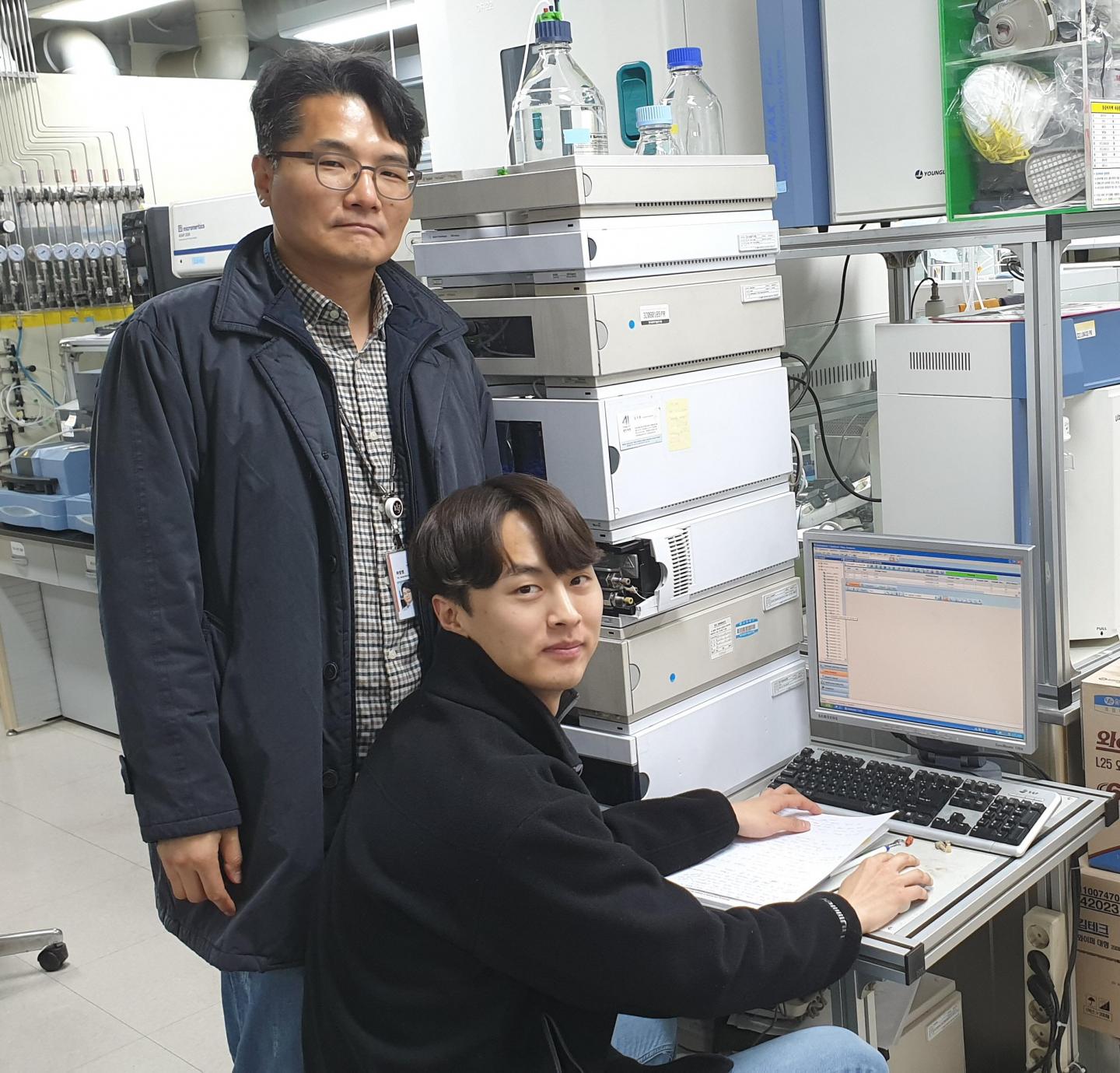
The team, led by Dr. Jeong-Myeong Ha of the Clean Energy Research Center at the Korea Institute of Science and Technology(KIST), has developed a technology that can be used to mass-produce aviation-grade fuels from wood wastes. The ability to produce aviation-grade fuel from wood waste is expected to help international aviation companies comply with the new strong emissions regulations, which are scheduled to go into effect in 2027.

Top: Photo of a sample inside the scanning probe module showing the eight electrical contacts to a plate containing the sample to be studied. In the center the probe tip and its reflection in the sample can be seen. Bottom: Atomic force image of an aluminum sample showing the arrangement of atoms measured at 0.01 Kelvin (-459.65 degree Fahrenheit). The red curve shows the aluminum film is superconducting by having an electrical current with zero voltage.